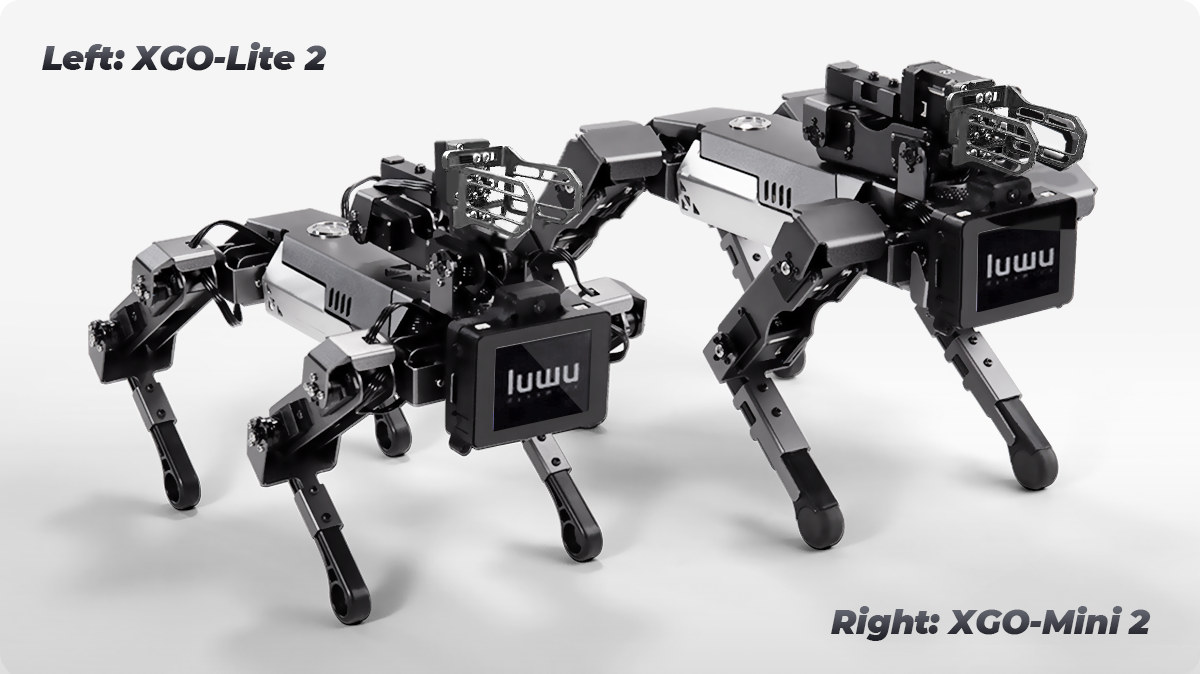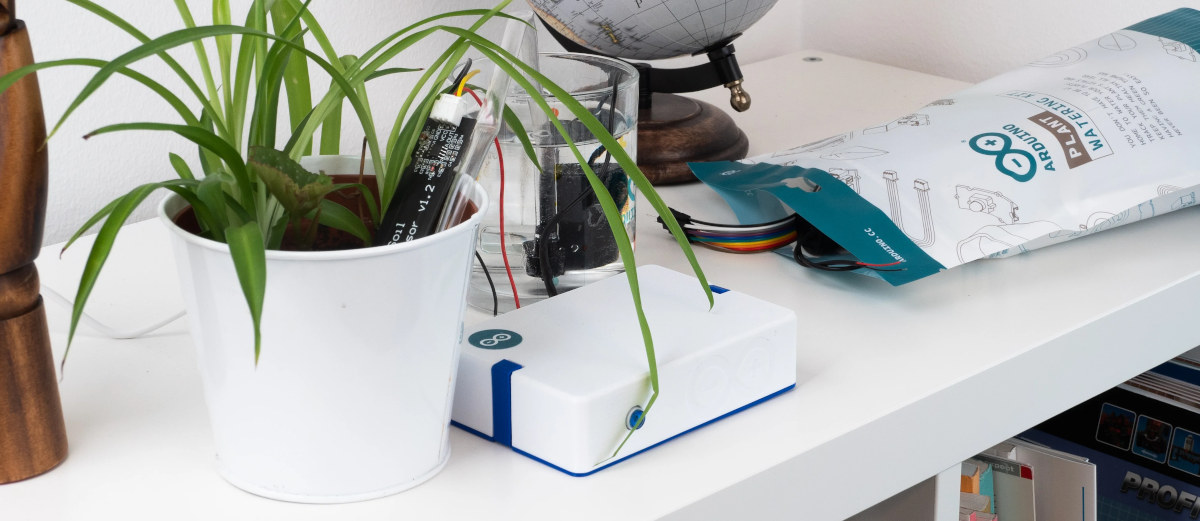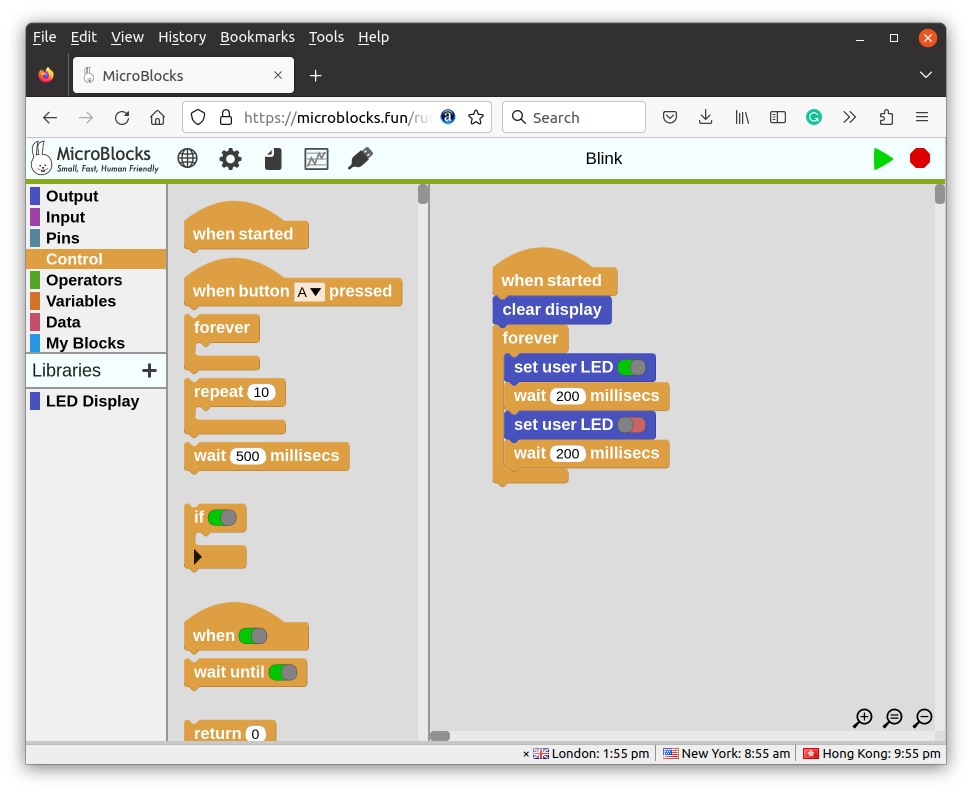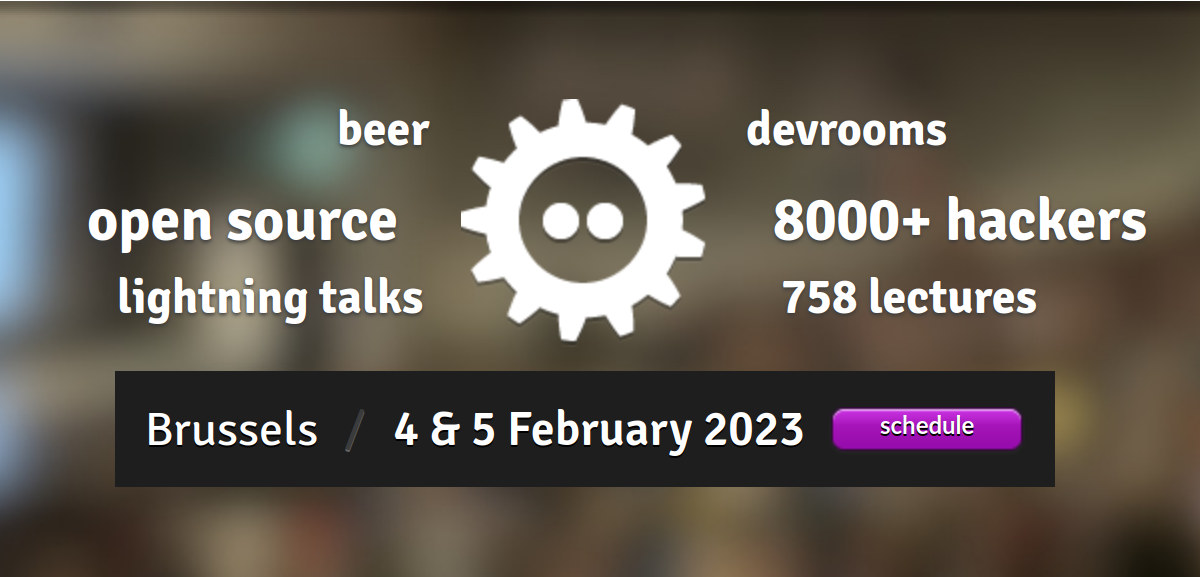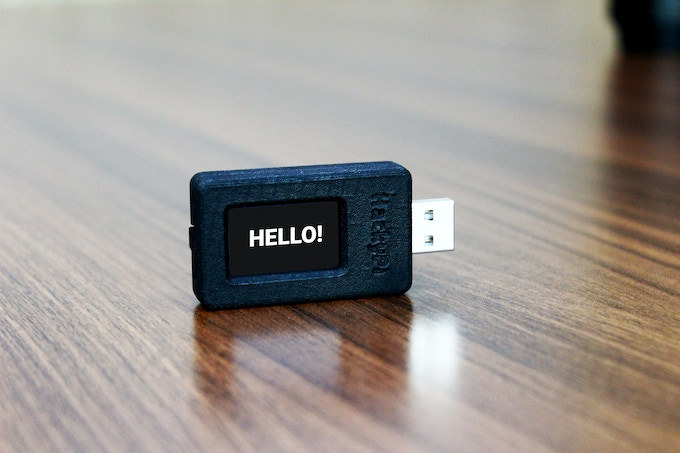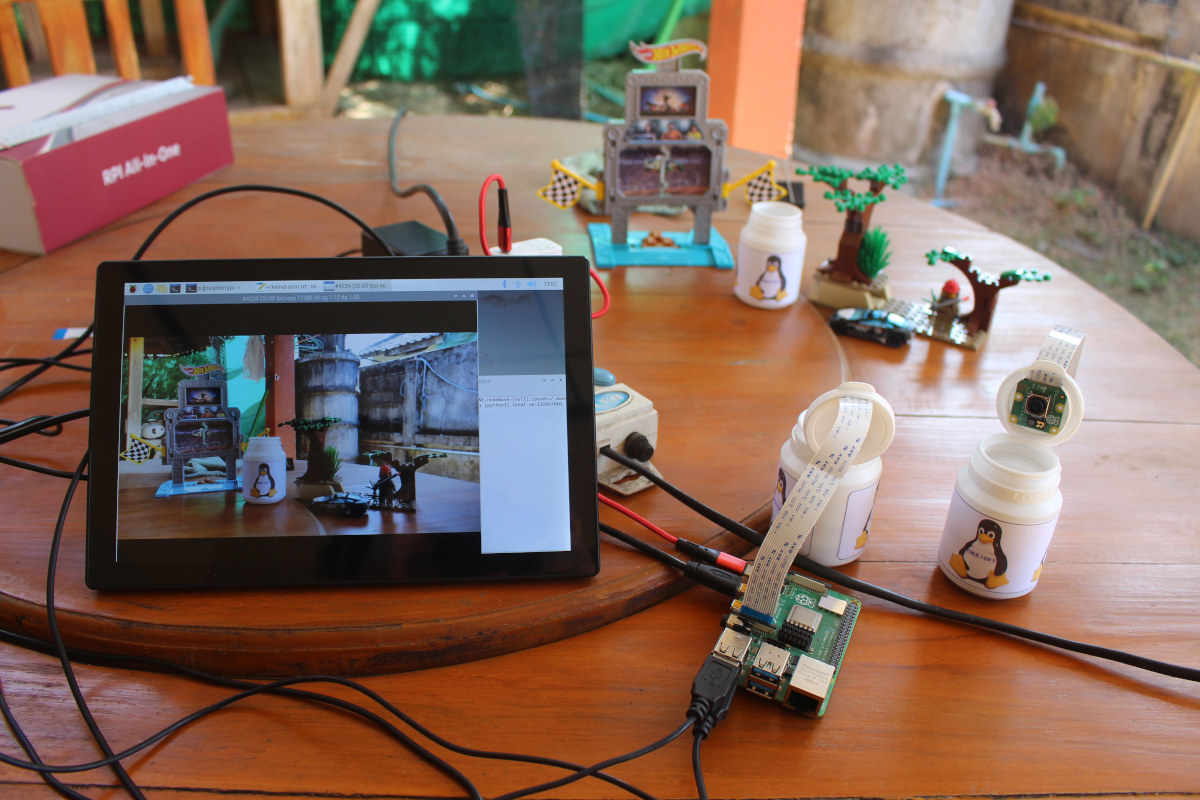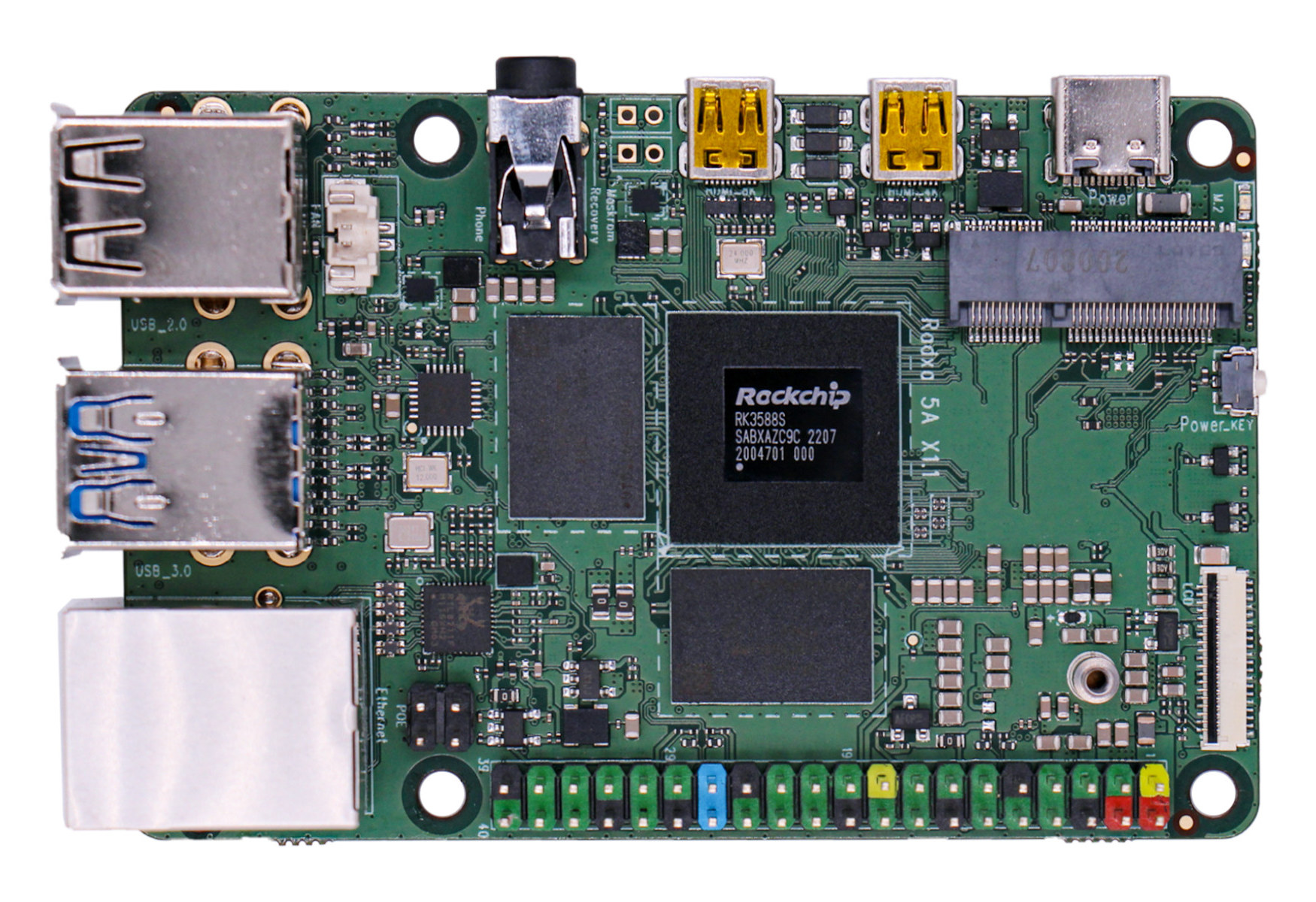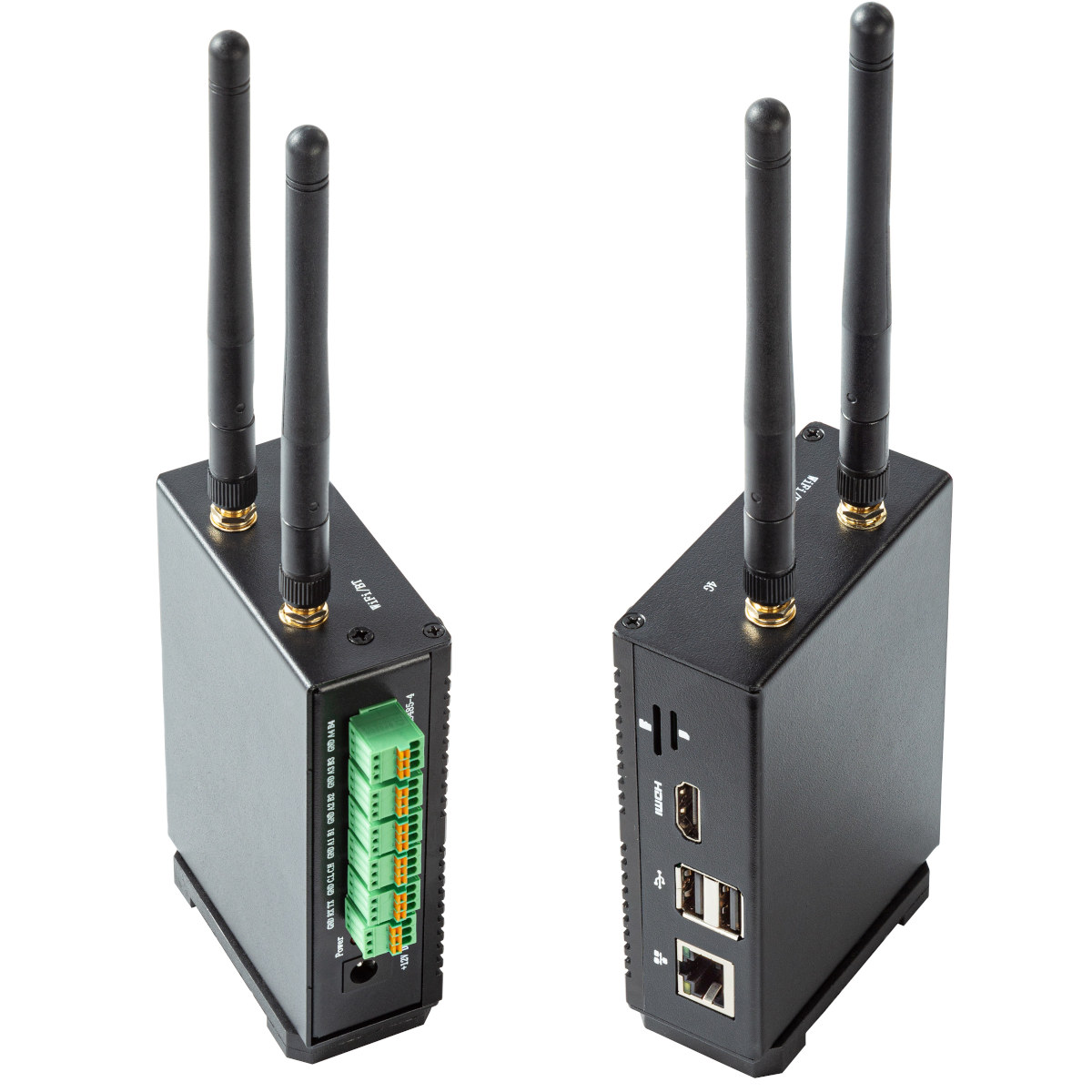XGO 2 is a desktop robot dog using the Raspberry Pi CM4 as its brain, the ESP32 as the motor controller for the four legs and an additional robotic arm that allows the quadruped robot to grab objects. An evolution of the XGO mini robot dog with a Kendryte K210 RISC-V AI processor, the XGO 2 robot offers 12 degrees of freedom and the more powerful Raspberry CM4 model enables faster AI edge computing applications, as well as features such as omnidirectional movement, six-dimensional posture control, posture stability, and multiple motion gaits. The XGO 2 robot dog is offered in two variants – the XGO-Lite 2 and the XGO-Mini 2 – with the following key features and specifications: The company also says the new robot can provide feedback on its own postures thanks to its 6-axis IMU and sensors for the joints reporting the position and electric current. A display […]
Arduino Plant Watering Kit combines Nano RP2040 Connect with moisture sensor and submersible pump
You’ve probably seen a few plant watering projects based on Arduino over the years, and now the company has decided to launch its own Arduino Plant Watering Kit based on the Arduino Nano RP2040 Connect board and everything you need to get started to water your indoor plants. Arduino Plant Watering Kit content: Arduino Nano RP2040 Connect board (ABX00053) with Raspberry Pi RP2040 MCU, ESP32 module for WiFi, and Bluetooth LE connectivity. Arduino Nano Screw Terminal Adapter (ASX00037) Open-ended USB cable with on/off switch 5V submersible pump 1-meter of plastic hose Grove moisture sensor Grove relay module with cable Grove LED button module with cable Grove cables 50 cm 10x Jumper wires (15 cm) 12x screw connectors Simply connect the moisture sensor and the water pump (through the relay) to the Nano RP2040 Connect board, insert the moisture sensor in a flower pot, and put the pump in a recipient […]
MicroBlocks is a visual programming IDE for 32-bit microcontrollers
MicroBlocks is a visual programming IDE for 32-bit microcontrollers currently supporting the BBC Micro:bit V1/V2, Calliope mini (aka the German Micro:bit), Adafruit Circuit Playground Express and Bluefruit, Raspberry Pi Pico and Pico W, and various other boards including ESP32 and ESP8266-based boards. I discovered MicroBlocks in the list of talks for FOSDEM 2023, and although it did not make it to my virtual schedule, I thought it was interesting to look into and write about it. In their upcoming FOSDEM talk, Bernat Romagosa and Kathy Giori refer to MicroBlocks as small, fast, and human-friendly with development guided by four guiding principles: liveness, parallelism, portability, and autonomy. The IDE is inspired by Scratch, and as such, looks very similar to other visual programming interfaces I have used over the years. You can launch MicroBlocks from Google Chrome or Microsoft Edge on a PC (not a mobile device) without having to install […]
FOSDEM 2023 schedule – Open-source Embedded, Mobile, IoT, Arm, RISC-V, etc… projects
After two years of taking place exclusively online, FOSDEM 2023 is back in Brussels, Belgium with thousands expected to attend the 2023 version of the “Free and Open Source Developers’ European Meeting” both onsite and online. FOSDEM 2023 will take place on February 4-5 with 776 speakers, 762 events, and 63 tracks. As usual, I’ve made my own little virtual schedule below mostly with sessions from the Embedded, Mobile and Automotive devroom, but also other devrooms including “Open Media”, “FOSS Educational Programming Languages devroom”, “RISC-V”, and others. FOSDEM Day 1 – Saturday February 4, 2023 10:30 – 10:55 – GStreamer State of the Union 2023 by Olivier Crête GStreamer is a popular multimedia framework making it possible to create a large variety of applications dealing with audio and video. Since the last FOSDEM, it has received a lot of new features: its RTP & WebRTC stack has greatly improved, Rust […]
HackyPi Raspberry Pi RP2040 USB dongle serves as an educational “hacking” tool (Crowdfunding)
SB Components’ HackyPi is a Raspberry Pi RP2040-based USB dongle whose main purpose is to teach ethical hacking and coding programs, in other words, some sort of portable educational hacking tool. The small USB stick features a 1.14-inch color LCD, a MicroSD card to store data such as scripts and photos, and a button to enable programming like on other Raspberry Pi RP2040 boards. HackyPi specifications: MCU – Raspberry Pi RP2040 dual-core Cortex-M0+ microcontroller @ 133 MHz with 264KB SRAM Storage – QSPI flash, MicroSD card slot Display – 1.14-inch color LCD with 240 x 135 resolution USB – 1x USB 1.1 Type-A port Misc – Boot “Initiate Program” button Power Supply – 5V via USB port Dimensions – 55.04 x 23.20mm SB Components says the HackyPi USB dongle can be programmed with Raspberry Pi Pico C/C++ and MicroPython SDKs as well as CircuitPython, and they will release hardware design […]
Raspberry Pi Camera Module 3 review – HDR, autofocus, wide angle, and NoIR camera
A few days before launching the Raspberry Pi Camera Module 3 with HDR and autofocus, Raspberry Pi Trading asked me whether I would be interested in reviewing the new modules, and sent me three samples: the standard module, the Raspberry Pi Camera Module 3 Wide, as well as the NoIR version that lacks an IR filter and is better suited for night shots. It took a full week for DHL to send the package to my house, but I’ve now had time to review the new Raspberry Pi Camera Module 3, mostly with libcamera, but also Picamera2, focusing on the new features such as HDR, autofocus, and wide angle. I also had a quick try at the Raspberry Pi Camera Module 3 NoIR but without IR lights. Regular readers know I had already made some DIY camera mounts using empty gum bottles, and I just replaced the Lotte XYLITOL stickers […]
Radxa ROCK 5A SBC – A Raspberry Pi 4 lookalike with up to 16GB RAM, Rockchip RK3588S SoC
Radxa has just unveiled the ROCK 5A single board computer (SBC) following Raspberry Pi 4 form factor and powered by a Rockchip RK3588S octa-core Cortex-A76/A55 processor coupled with up to 16GB of RAM as a way to celebrate Chinese New Year 2023. The Radxa ROCK 5A (aka ROCK5 Model A) closely follows the Raspberry Pi 4 layout, including two micro HDMI ports, a 3.5mm AV port, a microSD card, a 40-pin GPIO header, four USB ports, and a Gigabit Ethernet port. The MIPI DSI connector is there too, and so is the MIPI CSI camera connector, but in a different location. Radxa also added some features such as an M.2 socket for a wireless module (since there’s none on board) and eMMC flash module connectors, among other smaller changes (e.g. Power button!). ROCK 5A specifications: SoC – Rockchip RK3588S CPU – Octa-core processor with 4x Cortex-A76 cores @ up to […]
EDATEC CM4 Sensing industrial computer offers CAN bus, RS485, and RS232 interfaces
EDATEC CM4 Sensing is a compact industrial computer based on the Raspberry Pi Compute Module 4 (CM4) with multiple RS485, RS232, and CAN bus interfaces, an HDMI port, two USB ports, Gigabit Ethernet, and optional WiFi, Bluetooth, and/or 4G LTE connectivity. The industrial mini PC can operate in the -25 to 70°C temperature range, supports 8 to 28V DC wide voltage input, includes an RTC, and the single board computer also features a MIPI DSI interface to connect the official Raspberry Pi 7-inch display as well as an FPC interface with HDMI and USB touch. EDATEC CM4 Sensing specifications: SoM – Raspberry Pi CM4 module with Broadcom BCM2711 quad-core Cortex-A72 SoC, 1GB to 8GB LPDDR4 RAM, and up to 32GB eMMC flash Storage – MicroSD card socket for data storage. It can work with the eMMC flash on the CM4 module Display I/F 1x HDMI 2.0 Type-A port up […]


